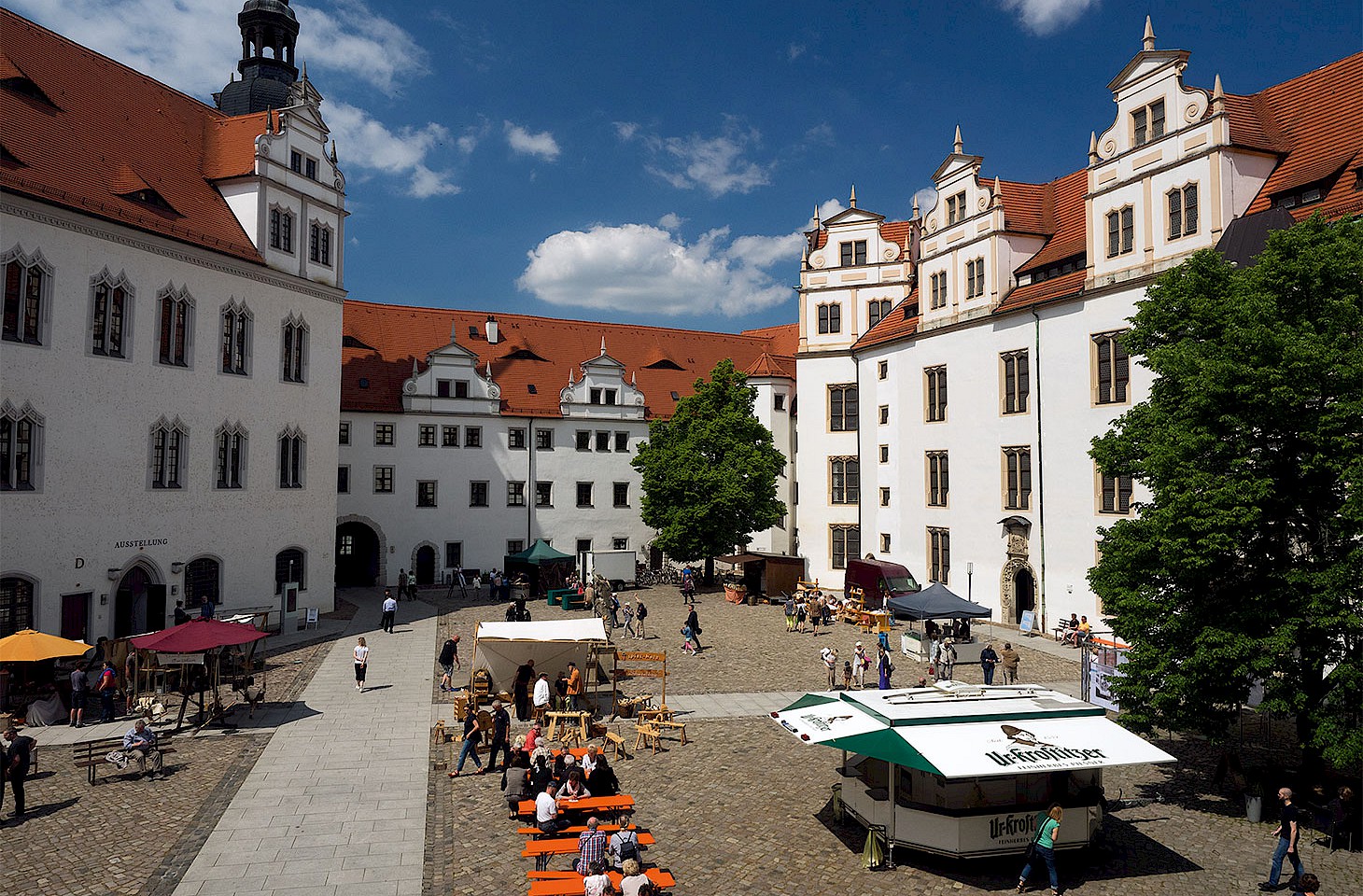Oxford has long been a city of prayer. As we remark in our feature, it is easy to take in three flavours of Roman Catholicism in just a few minutes, walking north along St Giles from the Dominicans past the Benedictines to the Oratorians. Along the way, you’ll pass Pusey House, where the chapel remains a place for solemn ceremony in the Anglo-Catholic tradition.
This December marks the bicentenary of a moment in Oxford history that paved the way for turmoil in the city and the university, the Anglican Church and in the wider Christian community of England. A young lad, then still only 15 years old, arrived at Trinity College and applied to be accepted as a student. John Henry Newman was admitted to Trinity on 14 December 1816, although he did not commence his studies until the following summer.




